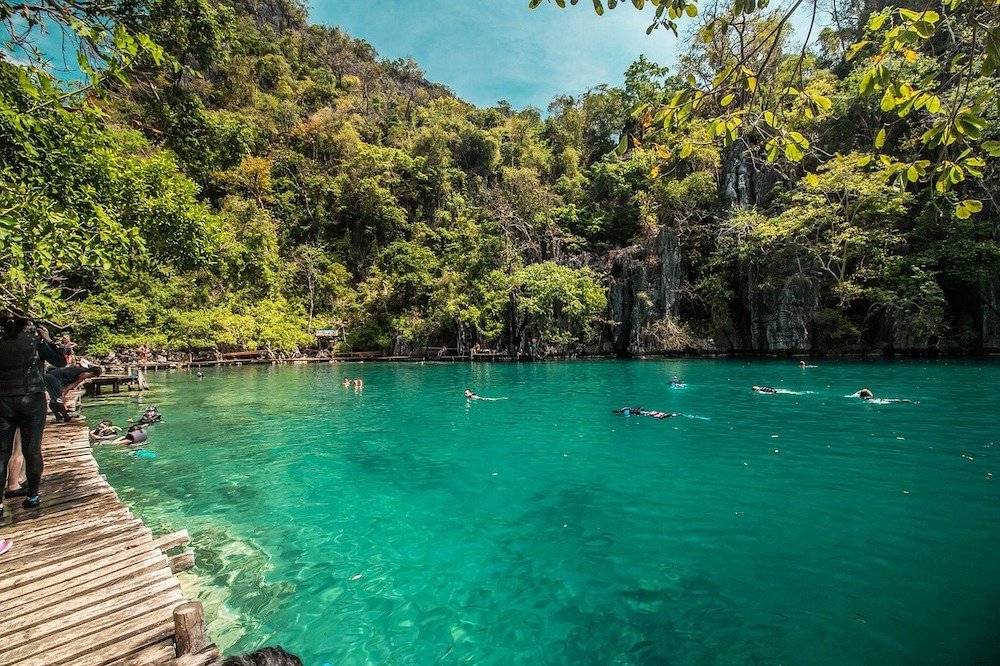
Want to know the 5 islands in Asia before they blow up in future years with tourism?
In recent years, Asia has emerged as a beacon for globetrotters seeking unparalleled experiences, diverse cultures, and breathtaking landscapes.
The allure of the continent has ignited a travel revolution, with more adventurers setting their compasses towards the East.
The rise in travel enthusiasts exploring Asian destinations has been nothing short of remarkable, marking a paradigm shift in the way we perceive and engage with travel.
While iconic landmarks and bustling metropolises often steal the spotlight, there lies a treasure trove of hidden gems that beckon the intrepid traveler.
As the footprints of tourism grow deeper, there is an increasing need to venture beyond the conventional tourist trail.
Exploring lesser-known destinations not only unveils the authenticity of a place but also plays a pivotal role in sustaining local cultures and preserving the natural beauty that defines these landscapes.
In the spirit of embracing the unexplored, our journey takes us to some of the most enchanting and undiscovered islands in Asia.
These pristine havens offer an escape from the crowds, presenting a rare opportunity to witness the raw beauty of nature and immerse oneself in the rich tapestry of local life.
Join us as we unveil the secrets of Koh Rong in Cambodia, the mystical allure of Siquijor in the Philippines, the untouched splendor of Belitung in Indonesia, the serene charm of Koh Ta Kiev, and the idyllic landscapes of Koh Kood in Thailand.
These are the islands you’ll want to explore before they become the next travel hotspots, preserving their authenticity for those who seek the road less traveled.
1: Koh Rong, Cambodia
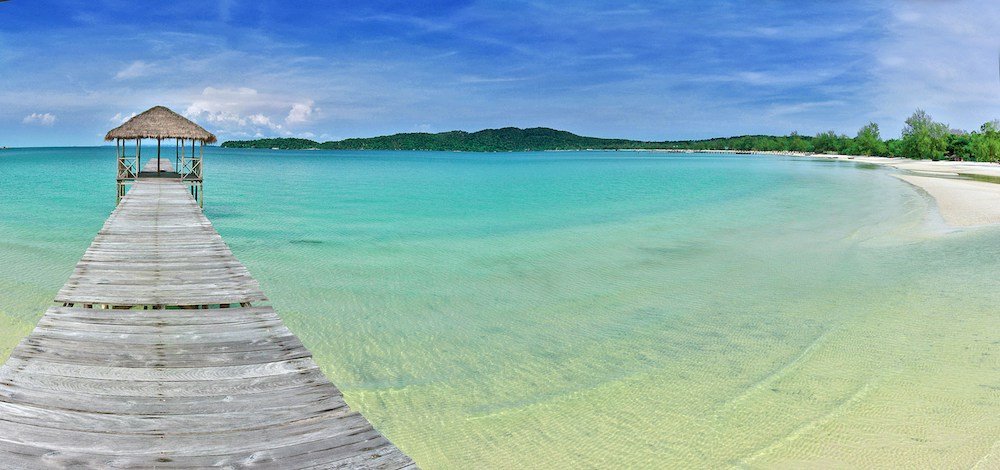
Nestled in the azure waters of the Gulf of Thailand, Koh Rong emerges as a pristine jewel in Cambodia’s coastal crown.
With its powdery white sands, crystal-clear waters, and lush tropical jungles, Koh Rong is a haven for those seeking an untouched island paradise.
Situated approximately 25 kilometers off the coast of Sihanoukville, this island is easily accessible by boat, offering a serene escape from the mainland’s hustle and bustle.
Koh Rong’s allure extends beyond its natural beauty, as the island boasts a rich cultural tapestry shaped by the local communities.
The indigenous Cambodian culture intertwines with the island’s history, creating a unique atmosphere that captivates visitors.
Traditional fishing villages dot the coastline, providing a glimpse into the island’s maritime heritage and the daily lives of its welcoming inhabitants.
While Koh Rong remains relatively undiscovered, it harbors a plethora of hidden treasures for the curious explorer.
From secret coves with bioluminescent plankton lighting up the night to vibrant coral reefs teeming with marine life, the island offers a diverse range of experiences.
Adventurous souls can embark on jungle hikes, discovering hidden waterfalls and panoramic viewpoints that showcase the island’s untouched natural beauty.
As the world catches wind of Koh Rong’s allure, there’s a looming concern about the potential impact of mass tourism on the island’s pristine environment.
Increased foot traffic may lead to environmental degradation and a strain on local resources. Preserving Koh Rong’s charm necessitates a delicate balance between tourism and conservation efforts.
Sustainable practices and responsible tourism initiatives are crucial to ensure that future visitors can experience the untouched beauty that defines Koh Rong.
2: Siquijor, Philippines
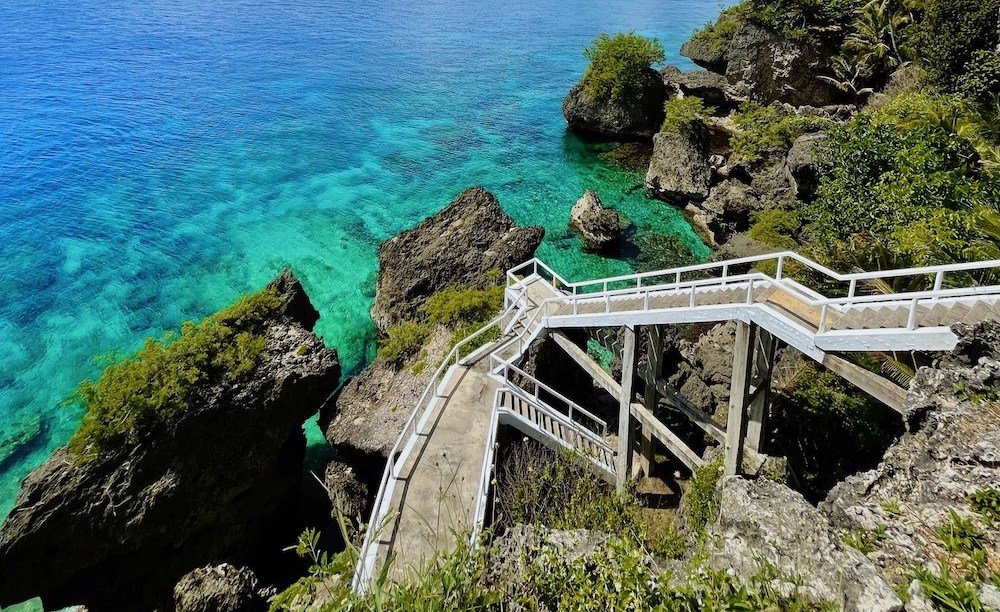
Nestled within the heart of the Visayan Sea, Siquijor is a captivating island province in the Philippines, renowned for its enchanting landscapes and mystical allure.
Surrounded by turquoise waters, this tropical haven boasts pristine beaches, dense forests, and a mountainous interior that beckons to be explored.
Siquijor’s strategic location between Cebu, Negros, Bohol, and Mindanao makes it an accessible yet undiscovered gem in the archipelago.
Siquijor’s charm lies in its hidden corners, waiting to be uncovered by intrepid travelers.
Beyond the well-trodden paths, there are secluded waterfalls like Cambugahay Falls, where natural pools invite a refreshing dip.
The island’s mystical reputation extends to Balete Tree, believed to be enchanted, adding an extra layer of intrigue to the island’s natural wonders.
Off-the-beaten-path experiences include exploring centuries-old churches, encountering firefly sanctuaries, and engaging with the warm-hearted locals in quaint fishing villages.
Siquijor’s culinary scene reflects its diverse cultural influences.
Visitors can savor local delicacies such as the renowned “salakot,” a coconut-infused rice cake, or indulge in fresh seafood caught by local fishermen.
The island’s cultural heritage is evident in its vibrant festivals, where traditional dances and rituals showcase the rich history and folklore that permeate Siquijor’s identity.
Recognizing the delicate balance between tourism and environmental preservation, Siquijor has taken strides in promoting sustainable practices.
The local community actively participates in initiatives to protect marine life and coral reefs, with responsible snorkeling and diving practices encouraged.
Sustainable accommodations and eco-friendly resorts have emerged, providing visitors with an opportunity to experience the beauty of Siquijor while minimizing their ecological footprint.
Engaging with local communities through homestays and cultural exchanges fosters a sense of mutual respect and understanding, ensuring that Siquijor remains an unspoiled paradise for generations to come.
3: Belitung, Indonesia
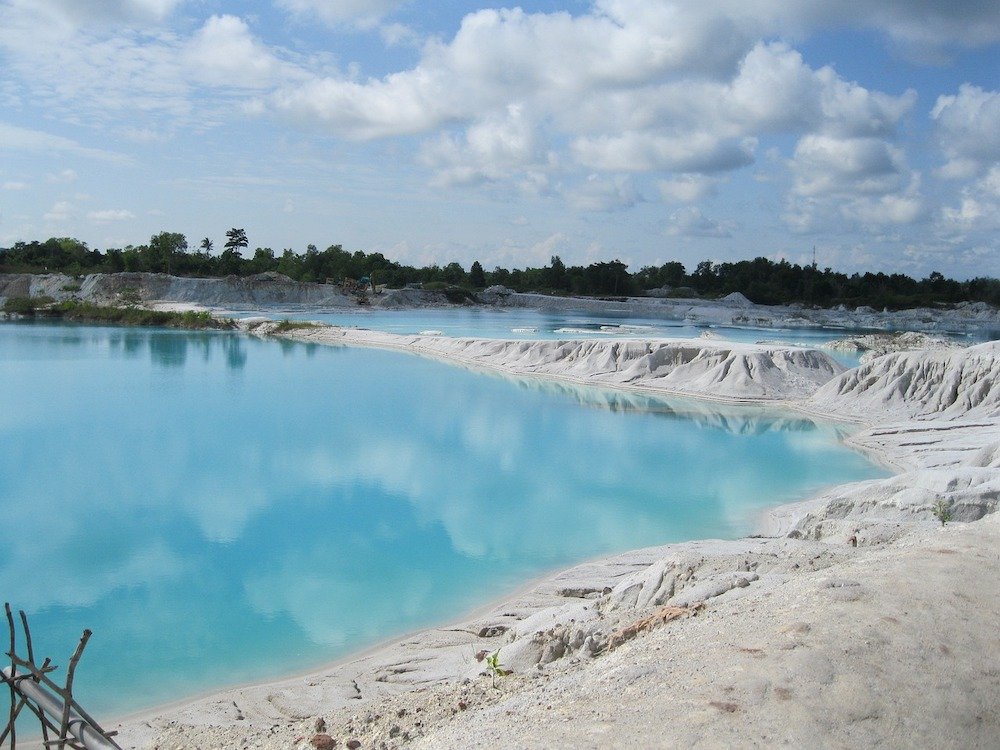
Nestled in the Java Sea, Belitung, an island paradise in Indonesia, beckons travelers with its pristine beaches, granite boulders, and vibrant marine life.
Located off the east coast of Sumatra, Belitung is easily accessible via Tanjung Pandan, the island’s main town.
Its strategic location has allowed Belitung to retain an air of exclusivity, making it a hidden gem for those seeking unspoiled beauty.
Belitung’s landscapes are a testament to nature’s artistry.
The island is renowned for its unique granite rock formations, such as the iconic Batu Baginde and Batu Banyak, which dot the shoreline.
Beneath the crystal-clear waters lie vibrant coral reefs and a kaleidoscope of marine life, offering divers and snorkelers a captivating underwater spectacle.
The lush inland areas are home to diverse flora and fauna, creating a haven for nature enthusiasts.
Immerse yourself in the rich cultural tapestry of Belitung by exploring its local traditions and festivals.
The island’s communities celebrate traditional ceremonies and events, providing visitors with an authentic glimpse into Belitung’s heritage.
From vibrant processions to traditional dance performances, these cultural expressions highlight the warmth and hospitality of the local population.
Preserving Belitung’s unique charm requires a commitment to responsible tourism.
Travelers can minimize their impact by choosing eco-friendly accommodations that prioritize sustainability.
Supporting local businesses and artisans contributes to the island’s economic development while fostering a deeper connection between visitors and the community.
When exploring natural wonders, adhering to designated trails and guidelines ensures the preservation of delicate ecosystems.
Responsible waste disposal and a conscious effort to reduce plastic consumption are crucial steps toward maintaining the pristine beauty of Belitung for future generations.
4: Koh Ta Kiev, Cambodia
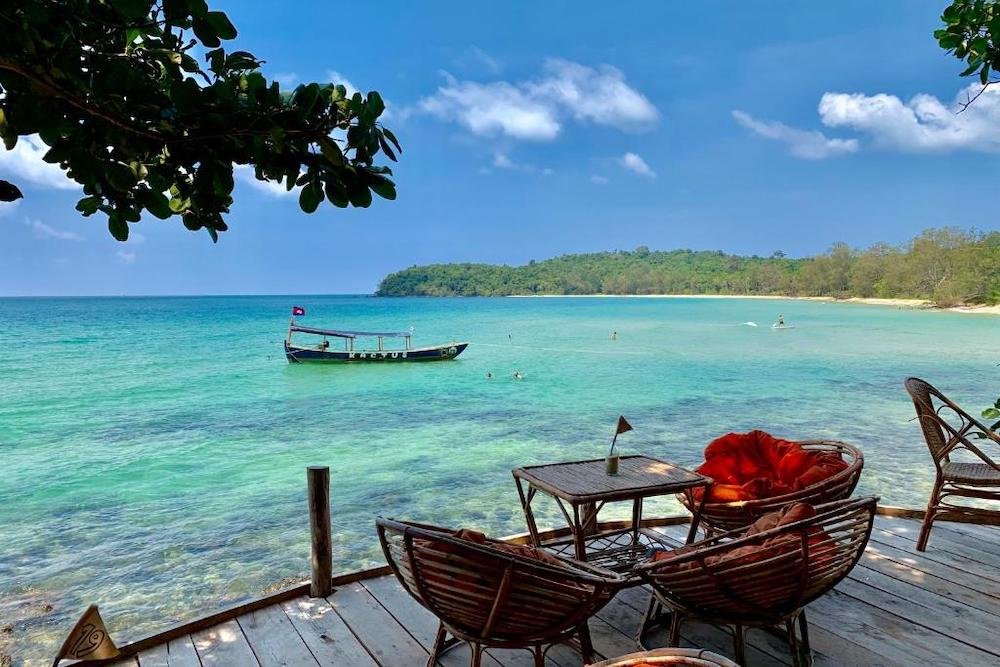
Tucked away on the Cambodian coast in the Gulf of Thailand, Koh Ta Kiev emerges as a hidden gem with a fascinating history.
While the island’s historical records may be sparse, local legends and the oral tradition suggest a past intertwined with maritime adventures and the ebb and flow of regional influences.
Over the years, Koh Ta Kiev has transitioned from a serene fishing outpost to a haven for those seeking a tranquil escape from the modern world.
Koh Ta Kiev’s pristine ecosystems harbor a wealth of biodiversity, making it a haven for nature enthusiasts.
The island is adorned with lush jungles, home to unique flora and fauna.
Rare and endemic species find refuge in the island’s diverse habitats, creating a living tapestry of life.
Birdwatchers may spot colorful avian residents, while hiking trails reveal the intricate beauty of the island’s plant life.
For the adventurous souls, Koh Ta Kiev presents a playground of opportunities.
From secluded beaches with pristine white sands to hidden coves accessible only by boat, the island invites exploration.
Snorkeling and diving enthusiasts can discover vibrant coral reefs teeming with marine life, while kayaking through mangrove forests offers a serene escape.
Hiking trails lead to panoramic viewpoints, providing breathtaking vistas of the surrounding seas.
As whispers of Koh Ta Kiev’s beauty spread, the island faces the delicate challenge of balancing tourism growth with environmental conservation.
Sustainable tourism practices are essential to protect the island’s fragile ecosystems.
Local initiatives promoting waste reduction, responsible snorkeling and diving, and community engagement are crucial in ensuring that Koh Ta Kiev remains an untouched paradise.
Visitors are encouraged to embrace a “leave no trace” mindset, respecting the island’s natural beauty and supporting efforts that contribute to its long-term preservation.
5: Koh Kood, Thailand
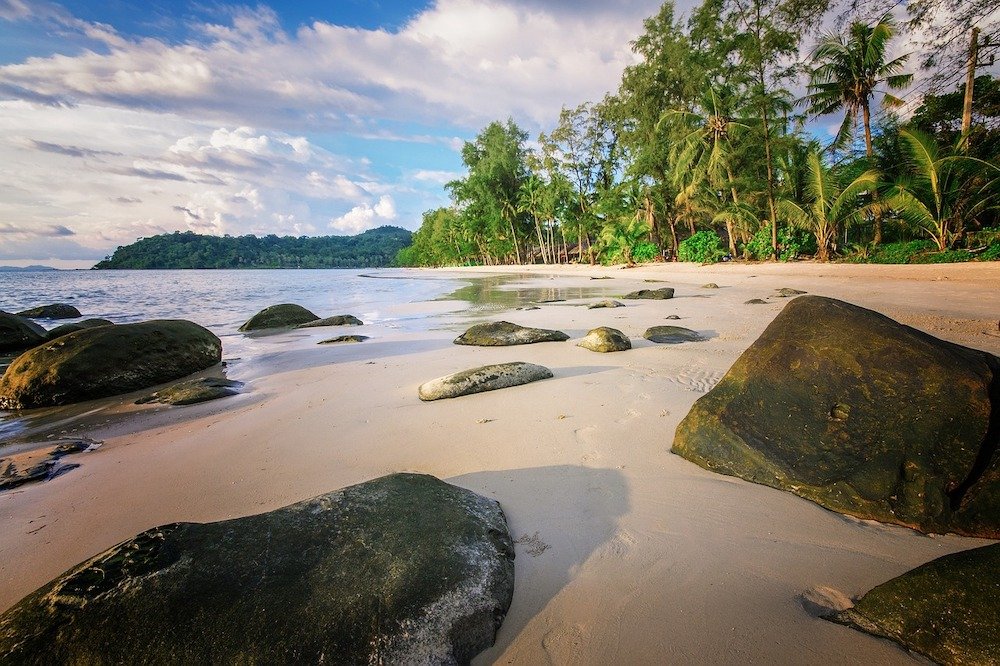
Nestled in the Gulf of Thailand, Koh Kood stands as a testament to Thailand’s rich cultural heritage.
With a history deeply rooted in maritime trade and the influences of neighboring cultures, Koh Kood exudes a unique charm.
The island’s cultural fabric is woven with traditions passed down through generations, creating a captivating blend of authenticity and time-honored practices.
Exploring Koh Kood offers a glimpse into the authentic way of life on this idyllic island.
From traditional fishing villages to local markets brimming with fresh produce, visitors have the opportunity to immerse themselves in the daily rhythms of the local community.
Engaging with the warm-hearted locals provides insight into age-old traditions, whether it’s partaking in a local festival or learning the art of traditional Thai cooking.
As Koh Kood experiences a gradual influx of visitors, there is a concerted effort to preserve the island’s indigenous cultures amidst the rise in tourism.
Local communities actively participate in sustainable tourism practices, offering a delicate balance that allows visitors to appreciate the island’s authenticity without compromising the integrity of its cultural heritage.
Initiatives that promote responsible travel and support local enterprises contribute to the preservation of Koh Kood’s unique identity.
Koh Kood’s allure lies in its ability to offer a genuine and unspoiled Thai island experience.
The untouched landscapes, rich cultural heritage, and warm hospitality of the locals create an atmosphere that feels like a step back in time.
As the world discovers the beauty of Koh Kood, there’s a sense that this island paradise won’t remain a hidden gem for long.
Visiting Koh Kood before it becomes mainstream allows travelers to savor the authenticity of Thai island life, creating memories that resonate with the island’s unique spirit. In doing so, visitors contribute to the sustainable development of Koh Kood, ensuring that its charm endures for generations to come.
Conclusion
As we conclude our journey through the hidden treasures of Asia, we’ve explored the enchanting islands of Koh Rong in Cambodia, Siquijor in the Philippines, Belitung in Indonesia, Koh Ta Kiev in Cambodia, and Koh Kood in Thailand.
Each of these destinations boasts a unique blend of natural beauty, cultural heritage, and authentic experiences that make them stand out as hidden gems in the vast tapestry of Asia.
The allure of these islands lies not only in their beauty but in the responsibility we bear as travelers.
Sustainable and responsible tourism practices are crucial to ensure that these paradises remain untouched for future generations.
From minimizing our ecological footprint to supporting local initiatives, our choices can make a significant impact on the preservation of these pristine environments.
We extend an invitation to our readers to embark on journeys beyond the mainstream, to seek out the hidden gems and unspoiled landscapes that define the essence of travel.
By choosing to explore lesser-known destinations, you not only enrich your own experiences but also play a pivotal role in supporting the sustainability of local communities.
Your footsteps can leave a positive imprint, ensuring that these hidden paradises remain authentic and resilient in the face of tourism’s inevitable growth.

Additional Tips for Travelers
Responsible Tourism Practices
- Leave No Trace: Respect the natural environment by leaving it as you found it.
- Support Local Businesses: Opt for locally-owned accommodations, restaurants, and shops to contribute directly to the community.
- Cultural Sensitivity: Learn about and respect the local customs and traditions of the destinations you visit.
Planning and Logistics for Visiting Lesser-Known Destinations
- Thorough Research: Gain insights into the local culture, customs, and regulations of the destination.
- Eco-Friendly Transportation: Choose sustainable modes of transportation such as public transit, biking, or walking when possible.
- Off-Peak Travel: Consider visiting during the off-peak seasons to minimize the impact on local ecosystems.
Resources for Further Research on Emerging Travel Destinations
- Travel Blogs: Read personal accounts and experiences from fellow travelers who have explored lesser-known destinations.
- Local Tourism Boards: Check the official tourism websites of the destinations for updated information and tips.
- Community Forums: Engage with travel communities on platforms like Reddit or travel forums to gather firsthand insights from other travelers.
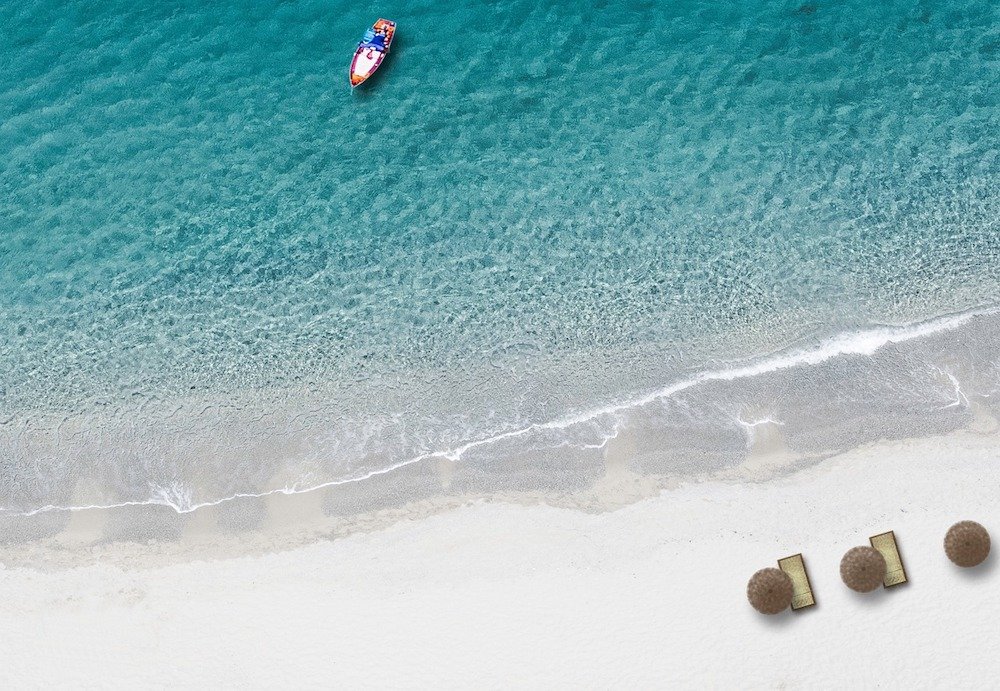
FAQ’s About Islands in Asia
What are the main islands in Asia?
Asia is a vast continent with numerous islands, each possessing its own unique charm and significance. Some of the main islands in Asia include:
- Borneo: Shared by Malaysia, Indonesia, and Brunei, Borneo is the third-largest island in the world, known for its biodiversity and rainforests.
- Java: The most populous island globally, Java is part of Indonesia and is home to Jakarta, the capital of Indonesia.
- Sri Lanka: An island nation in South Asia, Sri Lanka is known for its rich history, diverse landscapes, and cultural heritage.
- Honshu: The largest and most populous island of Japan, Honshu is the political, economic, and cultural heart of the country.
- Taiwan: An island located in East Asia, Taiwan is known for its technological advancements, diverse landscapes, and vibrant culture.
What country in Asia has the most beautiful island?
Determining the “most beautiful” island is subjective, as beauty is in the eye of the beholder. However, many consider the Philippines to have some of the most stunning islands in Asia. Palawan, with its pristine beaches and unique landscapes, often ranks high in lists of beautiful islands worldwide. Other contenders for breathtaking beauty include the Maldives, known for its overwater bungalows and coral reefs, and Indonesia, with islands like Bali and Komodo offering diverse natural wonders.
What three countries are islands in Asia?
Three prominent countries in Asia that are primarily composed of islands are:
- Indonesia: An archipelagic country made up of over 17,000 islands, Indonesia is the world’s largest island nation.
- Japan: Comprising four main islands (Honshu, Hokkaido, Kyushu, and Shikoku) and numerous smaller islands, Japan is an archipelago in East Asia.
- Philippines: Consisting of around 7,641 islands, the Philippines is an archipelago in Southeast Asia known for its stunning beaches, vibrant coral reefs, and diverse ecosystems.
What are the 5 major island countries of Southeast Asia?
Southeast Asia is home to several island nations, with five major ones being:
- Indonesia: The largest archipelagic country in the world, Indonesia comprises thousands of islands, including Java, Sumatra, Borneo, and Sulawesi.
- Philippines: An archipelago of over 7,000 islands, the Philippines is known for its rich biodiversity, stunning beaches, and vibrant cultural heritage.
- Malaysia: While a portion of Malaysia is on the Asian mainland, it includes the states of Sabah and Sarawak on the island of Borneo, making it a significant island country.
- Singapore: Although a city-state, Singapore is situated on an island and is known for its economic prowess and cultural diversity.
- Brunei: Located on the island of Borneo, Brunei is a small, oil-rich country surrounded by Malaysia.
